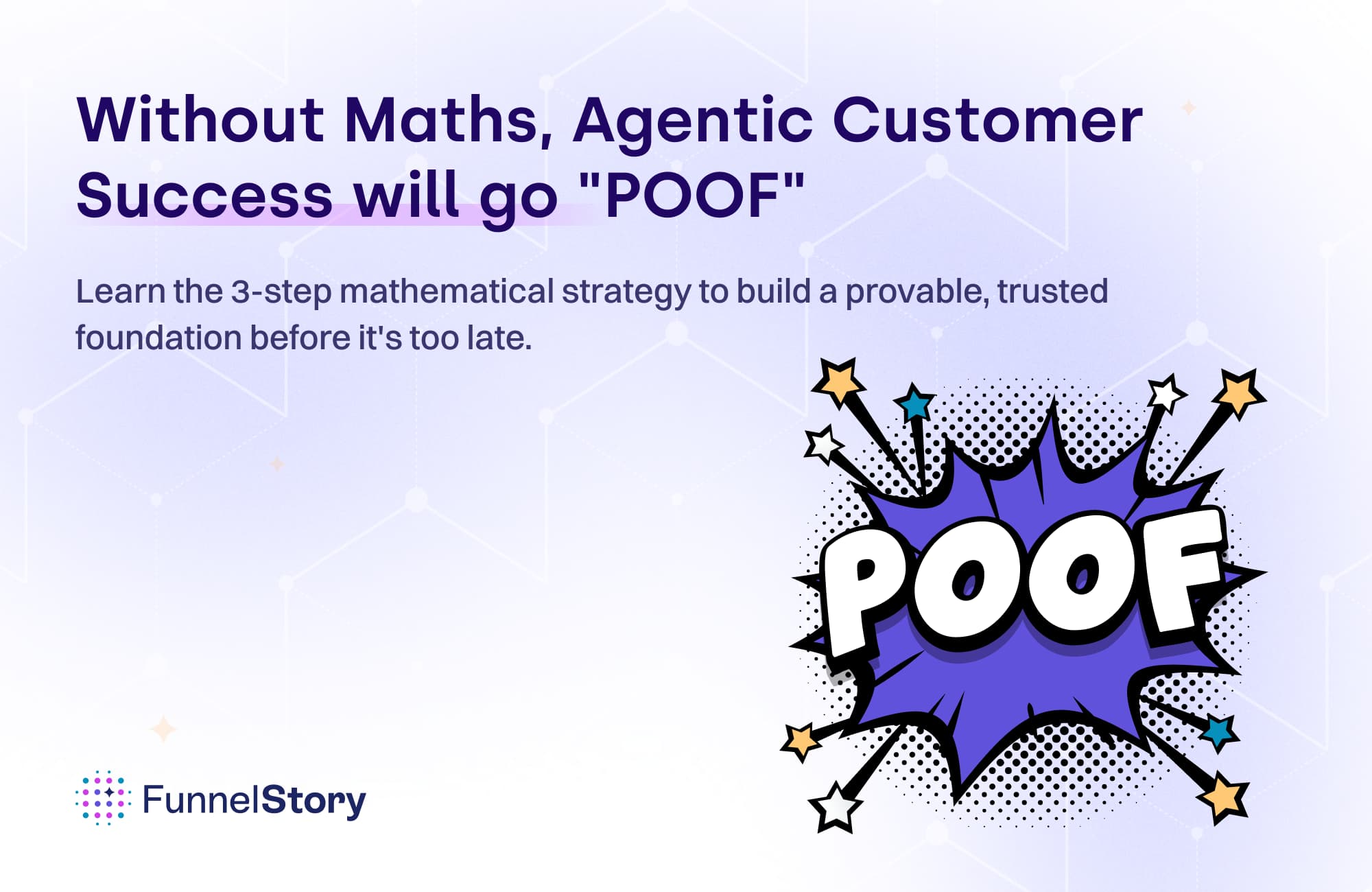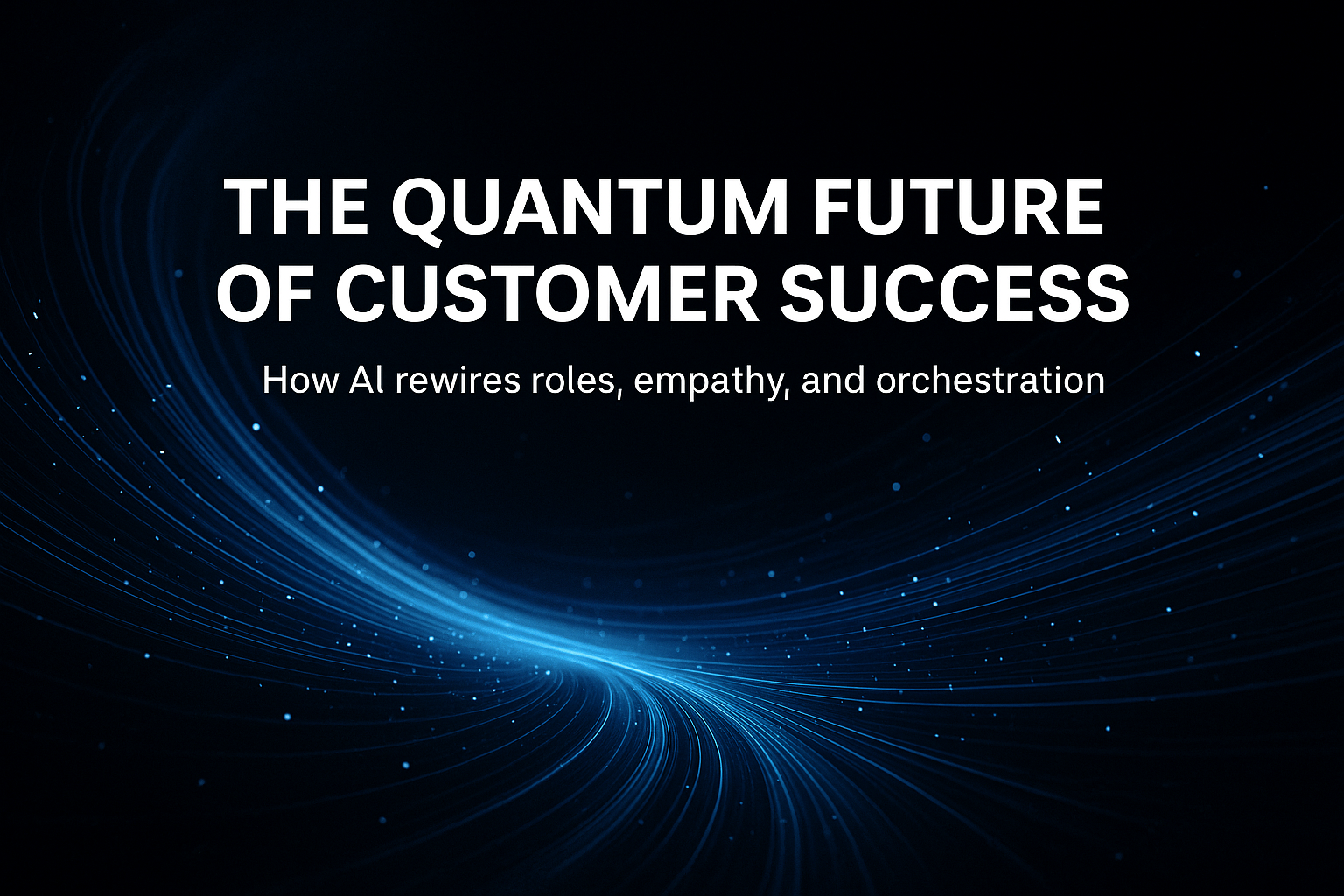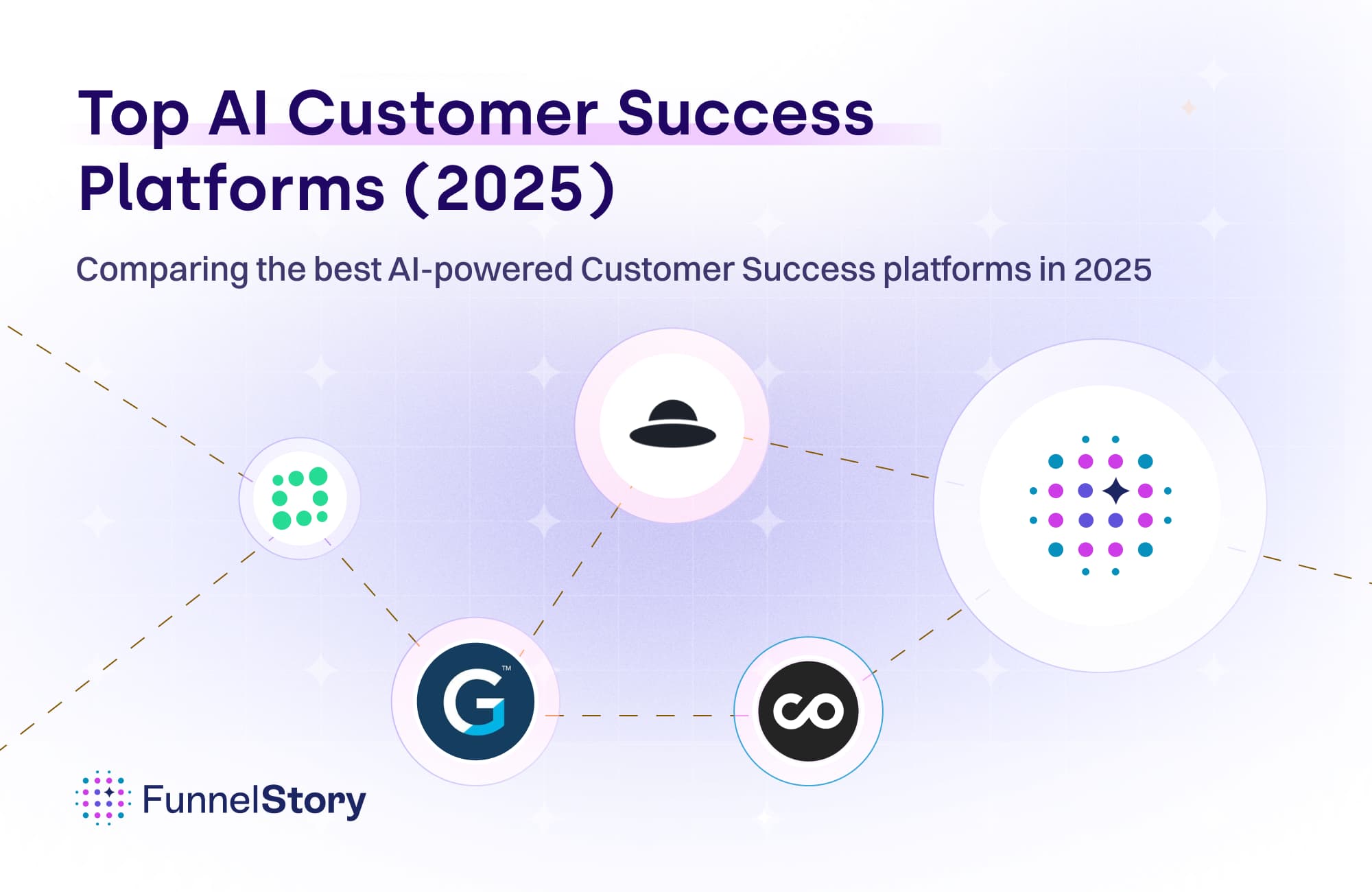In this article
Eliminate Busywork in Customer Success: A Google Maps Approach
Learn how FunnelStory applies a Google Maps-like approach to eliminating busywork in customer success.

By Alok Shukla
Cofounder and CEO
May 20, 2024
4 min read
Last week, at Pulse, Gainsight's annual customer success conference, attendees thronged to the FunnelStory booth to release emotional tension by bursting the metaphorical "busywork" balloons.
To understand this catharsis moment, we must go 20 years back.
London Metro, Busywork, and Google Maps
20 years ago, before the advent of Google Maps, if you were to take a train in the London metro network, you had no option but to ask those ever-present "information desks" to plan your journey.
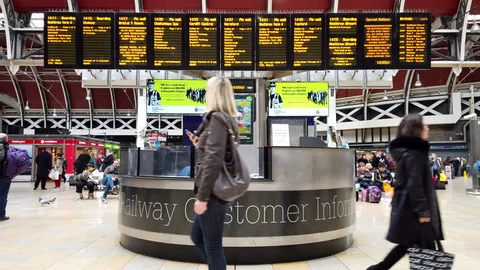
"I want to go to West Ham; what are my options?" you would have asked the attendant at the London Paddington information desk.
"You should take a train to Jubilee first; it leaves in 10 minutes from platform 20."
"Ok," you further enquire, "Then what?"
The attendant promptly replies, "You will take another train from Jubilee, but talk to their information desk, and they will tell you which train to take next."
If you were a newbie traveling through train systems, you relied on these information desks to reach your destination.
More often than not, these information desks answered similar types of questions daily at every station, locking a large amount of manpower into potentially non-productive busy work.
From a customer's point of view, it was a drill they would rather avoid. What if there was a simpler way?
And then came Google Maps
Google Maps reduced and repurposed the "information desk" utility to something you reached out to in only exceptional circumstances.
With Google Maps, planning was as simple as typing the name of your destination on your phone. Viola, you had a personal information desk, a real-time nudger, and a guide on your phone.
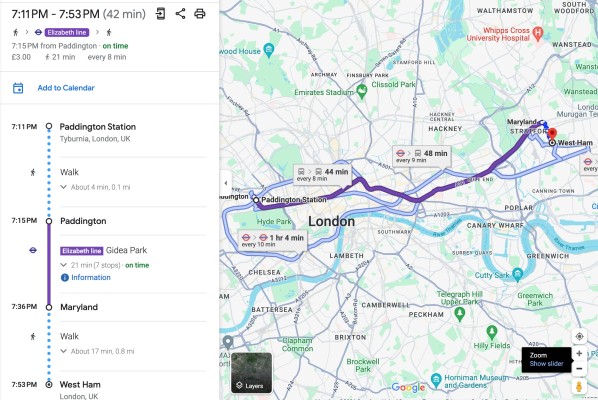
How does this all relate to customer success?
In the Customer success terms, google maps mapped historical and real-time customer customer journeys and identified "metaphorical" platforms where your customers need help to nudge them to their next trains.
Like train systems, mapping customer journeys is fundamental to answering key questions before a customer success leader.
How do our customers engage with our product and organization?
What does a successful customer journey look like?
How do we know which customers need help in their journeys?
What is the best place to help customers in their journeys?
What budget should be allocated for customer success organization and software stack?
Let us understand using an example.
Let us say an organization has 100 customers. Let us also assume that the CS organization has created 10 customer success playbooks (each playbook having an average of 15 steps). CS leadership approved these playbooks based on a customer journey map designed based on the views and opinions of internal teams (CS, product, marketing, and sales).
With simple math, we can already see the number of tasks (15K) the organization would have to complete to execute its pre-assigned goals, which can potentially trigger CTA fatigue or definitely overshooting of personnel costs in the CS organization
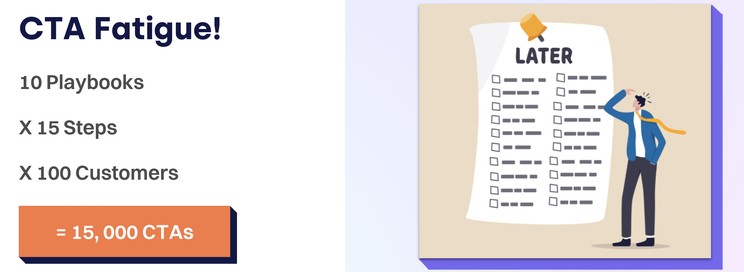
What can we do to eliminate this busy work (CTA fatigue)?
We can do one of the two things. We can hire more customer success engineers to keep pace with ever-increasing busy work that no one likes. It is not sustainable in the "do more with less" age, or we can do the following.
Introducing FunnelStory (aka Google Maps) for Customer Success
What if we use a Google Maps-like approach to analyze historical and real-time customer journeys, identify the best journeys among them, identify the metaphorical platforms where our customers need help, and then use this analysis to strategize customer success operations?

Then, we can identify the "metaphorical platforms" to identify where our "stuck" customers need help. Of course, if the customers are already on the right train, we congratulate them on doing the right thing.

Converting the Customer Journeys into Revenue
Going back to our original example, let us say we now find out that
Only 50 out of 100 customers need help (as they are deviating from the ideal journey)
There are only 5 metaphorical platforms (rather than 15)
There are only 5 ways to engage that are productive based on the learnings from the historical journeys
Putting the numbers together it leads us to a ~92% reduction in CTAs (or tasks).
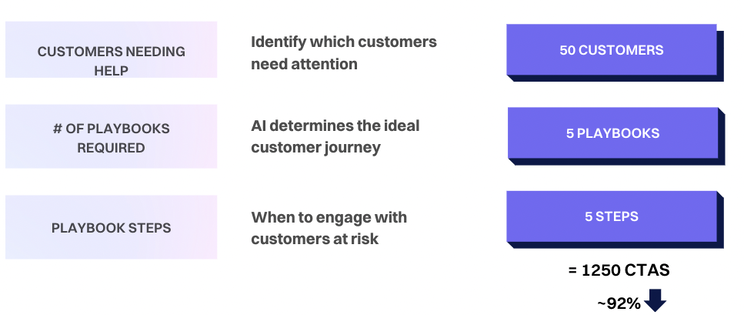
A ~92% reduction will directly reduce cost burden on CS organisation, freeing up human and digital resources into things that matter for CS leadership. It also improves customer experience as it eliminates non-ideal customer interaction, that can lead to friction.
Epilogue
In customer success, analyzing customer journeys, as Google Maps does for travel, can streamline operations. By identifying the key points where customers need assistance and focusing efforts there, companies can reduce unnecessary tasks by up to 92%. This not only lowers costs but also improves the customer experience.
